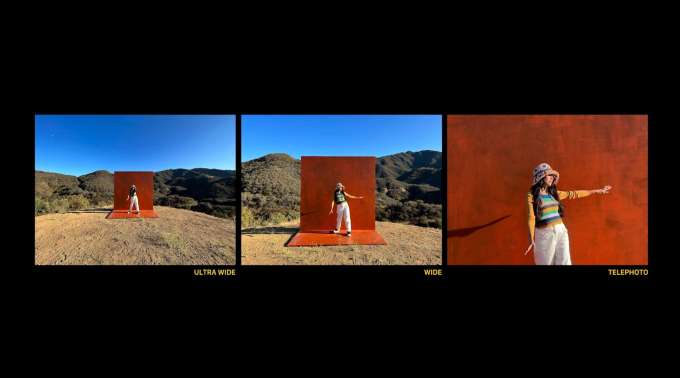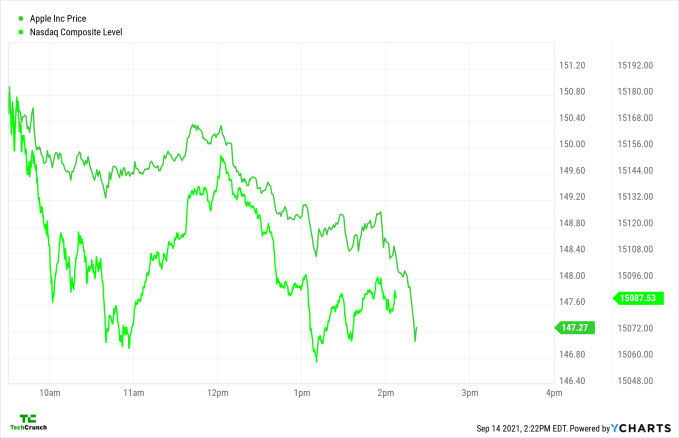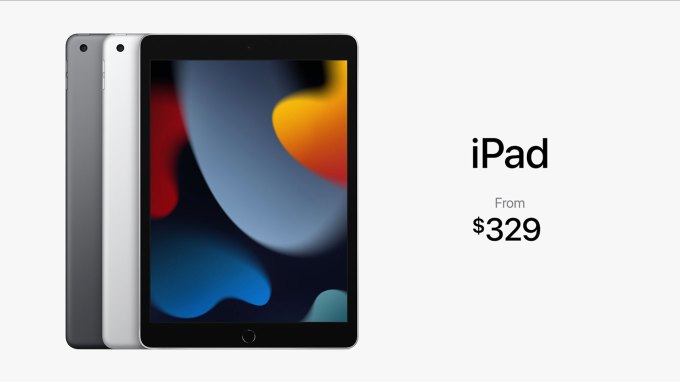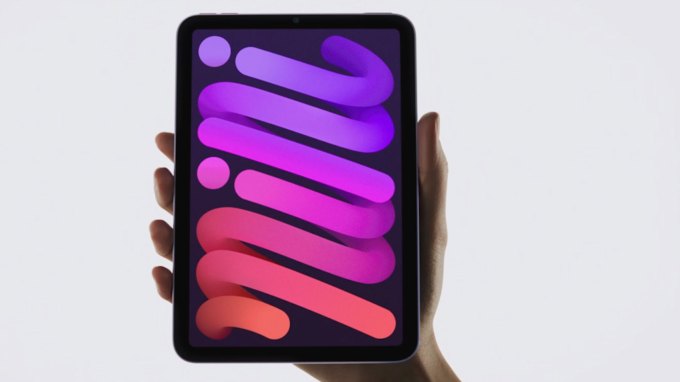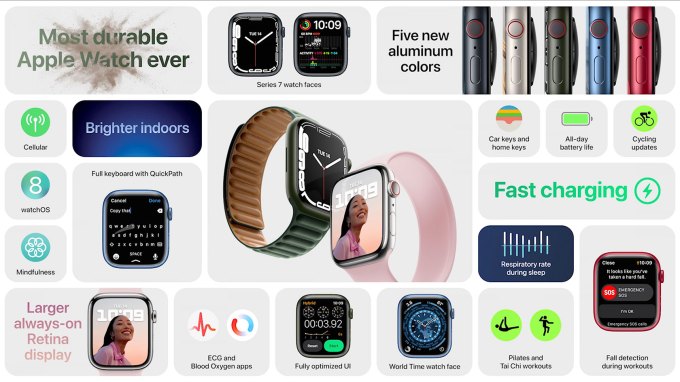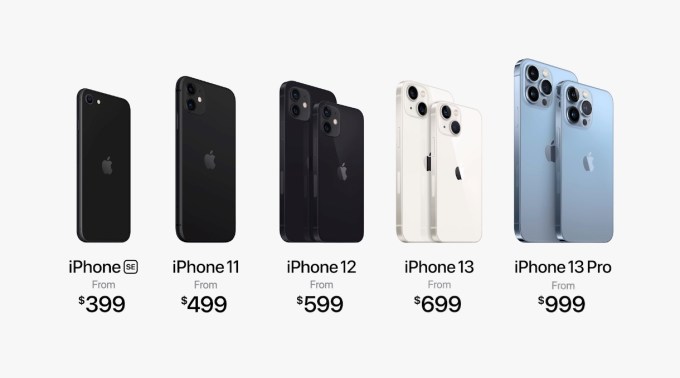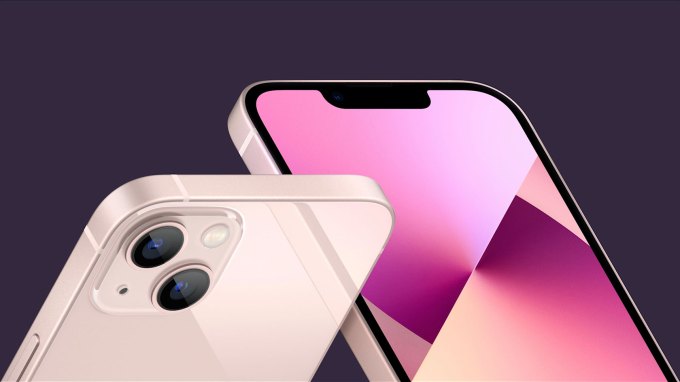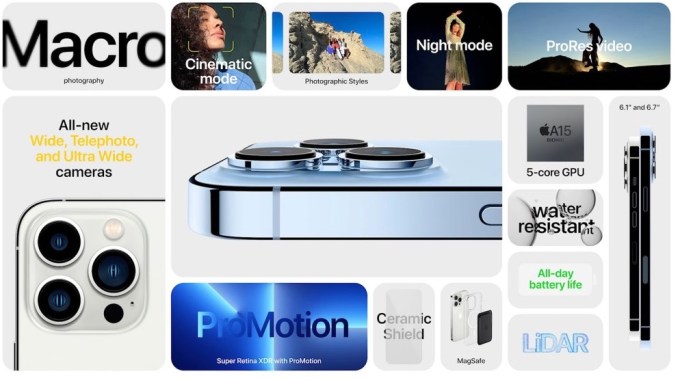News: App Annie and co-founder charged with securities fraud, will pay $10M+ settlement
The U.S. Securities and Exchange Commission (SEC) has charged App Annie, a leading mobile data and analytics firm, as well as its co-founder and former CEO and Chairman Bertrand Schmitt, with securities fraud. App Annie and Schmitt have agreed to pay over $10 million to settle the fraud charges which are related to “deceptive practices
The U.S. Securities and Exchange Commission (SEC) has charged App Annie, a leading mobile data and analytics firm, as well as its co-founder and former CEO and Chairman Bertrand Schmitt, with securities fraud. App Annie and Schmitt have agreed to pay over $10 million to settle the fraud charges which are related to “deceptive practices and making material misrepresentations about how App Annie’s alternative data was derived,” the SEC said.
App Annie is one of the largest sellers of mobile app performance data, offering details that are useful to developers, publishers, advertisers, and marketers — like how many times an app is downloaded, how often it’s used, the revenue it generates, and other competitive analysis and insights. This is what trading firms call “alternative data,” because it’s not detailed in their financial statements or other traditional data sources, the SEC explains. App Annie told app makers it would not disclose their data to third parties directly, but would rather use the data in an aggregated and anonymized way to provide app insights. Specifically, companies were told the data would be used to build a statistical model to generate estimates of app performance.
However, the SEC says from late 2014 through mid-2018, App Annie used non-aggregated and non-anonymized data to alter its model-generated estimates in order to make them more valuable to sell to trading firms. It also says that the company and Schmitt then misrepresented to its customers how it was able to generate the data, saying it did so with the appropriate consent from customers, and that it had effective internal controls to prevent the misuse of confidential data, ensuring it was in compliance with federal securities laws. Trading firms were making investment decisions based on this data and App Annie had even shared ideas as to how they could use the estimates to trading ahead of earnings announcements.
In the full complaint, the SEC further explains Schmitt had agreed to an internal policy where certain public company “Connect Data” — “Connect” being App Annies’ analytics product — would be excluded from its statistical model in late 2014. But he didn’t actually direct anyone at App Annie to document this policy until April 2017. And then when it was documented, it only said to exclude app revenue data from public companies whose app revenue exceeded 5% of the company’s total revenue. It never said to exclude app download or usage data.
The SEC says the documented policy was never properly enforced. It wasn’t until after App Annie learned of the SEC investigation in June 2018 that it amended the policy to exclude public company Connect Data from its estimate generation process, and began to fully implement the policy.
The investigation also discovered that App Annie engineers in Beijing, China were directed by Schmitt to manually alter estimates that would be of most interest to the company’s highest-paying customers. It did so by looking at the confidential Connect Data, which is one of the ways its estimates were able to be more accurate than rivals.
“The federal securities laws prohibit deceptive conduct and material misrepresentations in connection with the purchase or sale of securities,” said Gurbir S. Grewal, Director of the SEC’s Enforcement Division, in a statement. “Here, App Annie and Schmitt lied to companies about how their confidential data was being used and then not only sold the manipulated estimates to their trading firm customers, but also encouraged them to trade on those estimates—often touting how closely they correlated with the companies’ true performance and stock prices,” Grewal added.
The SEC says App Annie and Schmitt violated the anti-fraud provisions of Section 10(b) of the Exchange Act and Rule 10b-5. App Annie, without either admitting or denying the findings, consented to a cease-and-desist order and is paying a penalty. App Annie agreed to pay a penalty of $10 million. Meanwhile, Schmitt is ordered to pay a penalty of $300,000 and is prohibited from serving as an officer or director of a public company for three years.
Reached for comment, App Annie’s current CEO provided a statement:
“Since I have taken over as CEO, we have established a new standard of trust and transparency for the newly created alternative data market. App Annie is uniquely positioned to be the first to deliver on a unified data AI vision,” said Theodore Krantz, CEO at App Annie. “Many businesses may be unknowingly leveraging data reliant on confidential public company information without explicit consent which we believe puts companies using digital/mobile market data at significant risk. It is our opinion that the entire alternative data space needs to be regulated.”
In a newsroom post, the company also pointed out that the SEC investigation does not relate to its “current products,” nor did it relate to “our current relationships with customers.” And it says in the three years since the violating practices, it has appointed a new CEO and executive team, changed how it built its data estimates, and established a company-wide “culture of compliance,” which included the appointment of a Head of Global Compliance. It also documented its procedures for ensuring confidential data is excluded from its process of generating market estimates.
App Annie’s mobile market data solution was one of the first to serve the growing app ecosystem when it launched in 2010. Today, its firm counts more than 1,100 enterprise clients and over a million registered users, according to its corporate website.
The details of the complaint and settlement are below.
This story is breaking and may be updated.


